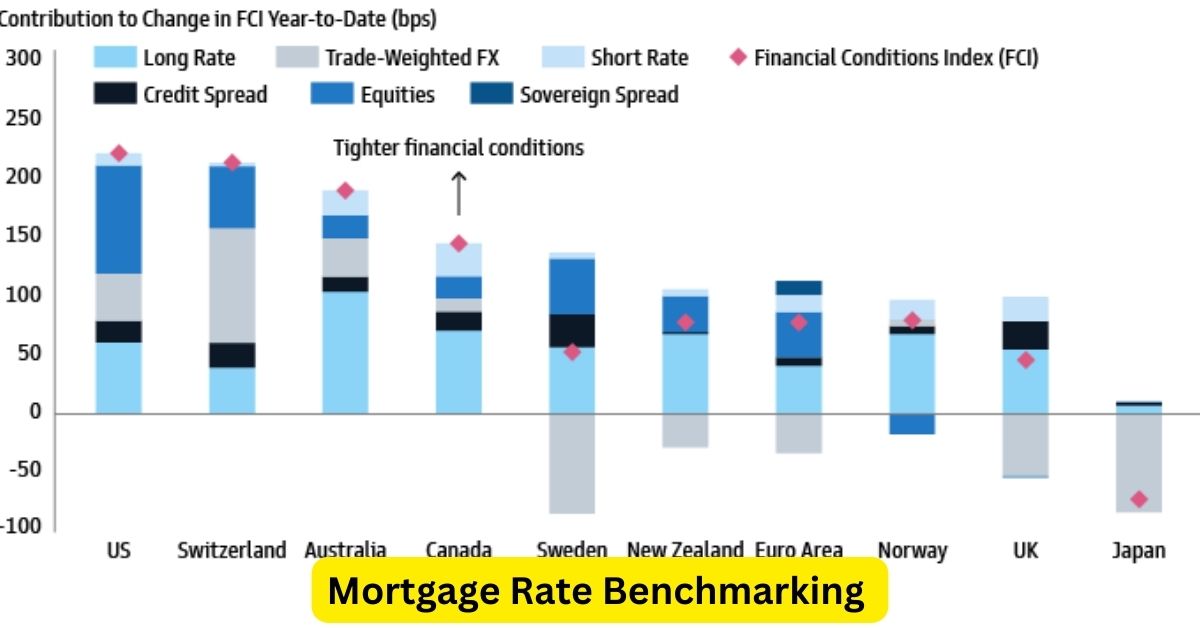Buying a home is an exciting yet complex endeavor, often involving a mortgage to finance the purchase. Throughout the homebuying process, you’ll encounter various forms and documents, including mortgage disclosures. Understanding these disclosures is crucial to making informed decisions about your home loan. In this article, we’ll break down the key elements of mortgage disclosures to help demystify this important aspect of the homebuying journey.
1. Loan Estimate (LE): The Loan Estimate is one of the first documents you’ll receive after applying for a mortgage. It provides an overview of the loan terms, including the interest rate, monthly payments, and closing costs. Review this document carefully to compare different loan offers and ensure you’re getting the best deal.
2. Closing Disclosure (CD): The Closing Disclosure is typically provided at least three business days before your closing date. It outlines the final terms of your loan, including the interest rate, monthly payments, and closing costs. Compare it to the Loan Estimate to make sure there are no unexpected changes.
3. Annual Percentage Rate (APR): The APR is a crucial figure that represents the true cost of borrowing. It includes not only the interest rate but also other fees associated with the loan. A lower APR generally indicates a better deal, but be sure to consider other factors as well.
4. Good Faith Estimate (GFE): While the Good Faith Estimate is no longer used for most loans, it may still be encountered in some situations. It provides an estimate of the closing costs associated with your mortgage. If you receive a GFE, make sure to compare it with your Loan Estimate and Closing Disclosure for consistency.
5. Truth in Lending Act (TILA) Statement: The TILA statement outlines key loan terms, such as the loan amount, interest rate, and total payments over the life of the loan. It also includes important information about potential changes to your interest rate and monthly payments.
6. Loan Terms and Conditions: Review the terms and conditions of your mortgage carefully. Understand the type of loan you’re getting (e.g., fixed-rate, adjustable-rate) and any special features or requirements, such as prepayment penalties or escrow accounts.
7. Prepayment and Penalty Information: Some mortgages come with prepayment penalties, which are fees you may incur if you pay off your loan early. Be aware of these terms, especially if you plan to refinance or sell your home in the future.
8. Escrow Account Details: If your mortgage includes an escrow account for property taxes and insurance, review the details. Understand how your monthly payments will be allocated and how any surplus or shortage will be handled.
9. Right to Cancel: If you’re refinancing your mortgage or taking out a home equity loan, you have a right to cancel the loan within a specific period after closing. Make sure you understand this right and the associated timeline.
10. Ask Questions: Don’t hesitate to ask your lender for clarification on any aspects of the mortgage disclosures that you don’t understand. It’s essential to feel confident about the terms of your loan before proceeding.
In conclusion, mortgage disclosures are designed to provide transparency and protect borrowers during the homebuying process. By thoroughly reviewing and understanding these documents, you can make informed decisions about your mortgage, ensuring that it aligns with your financial goals and preferences. Always seek guidance from a qualified financial advisor or attorney if you have any doubts or concerns about your mortgage disclosures.




